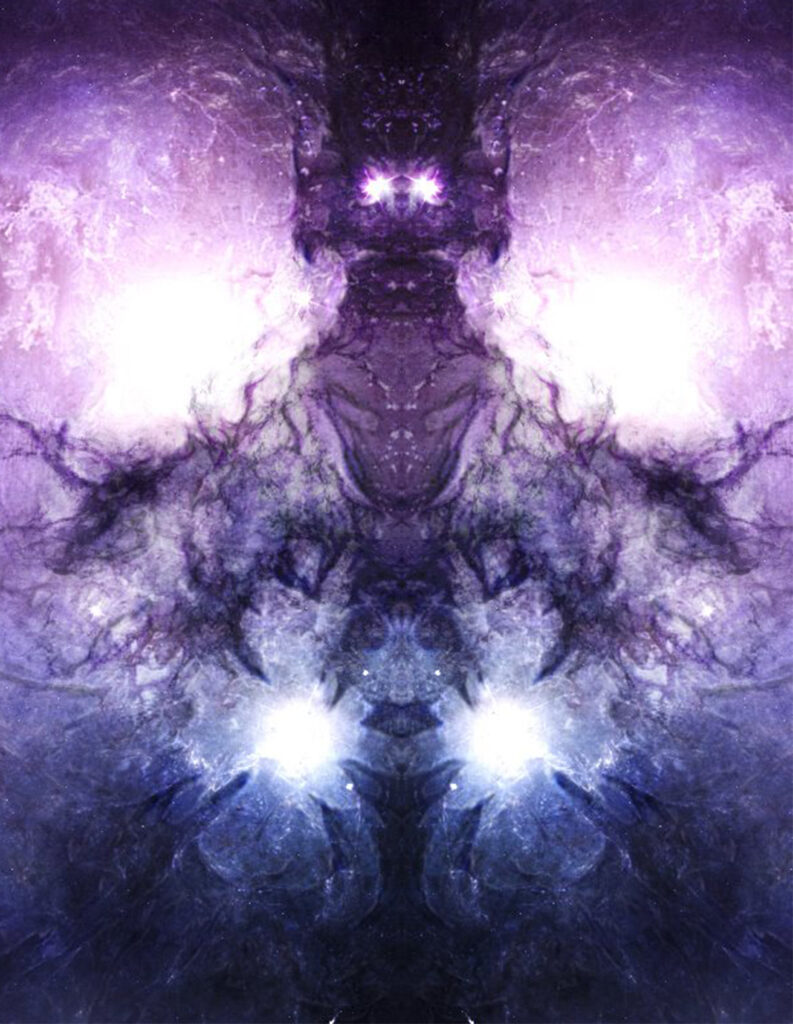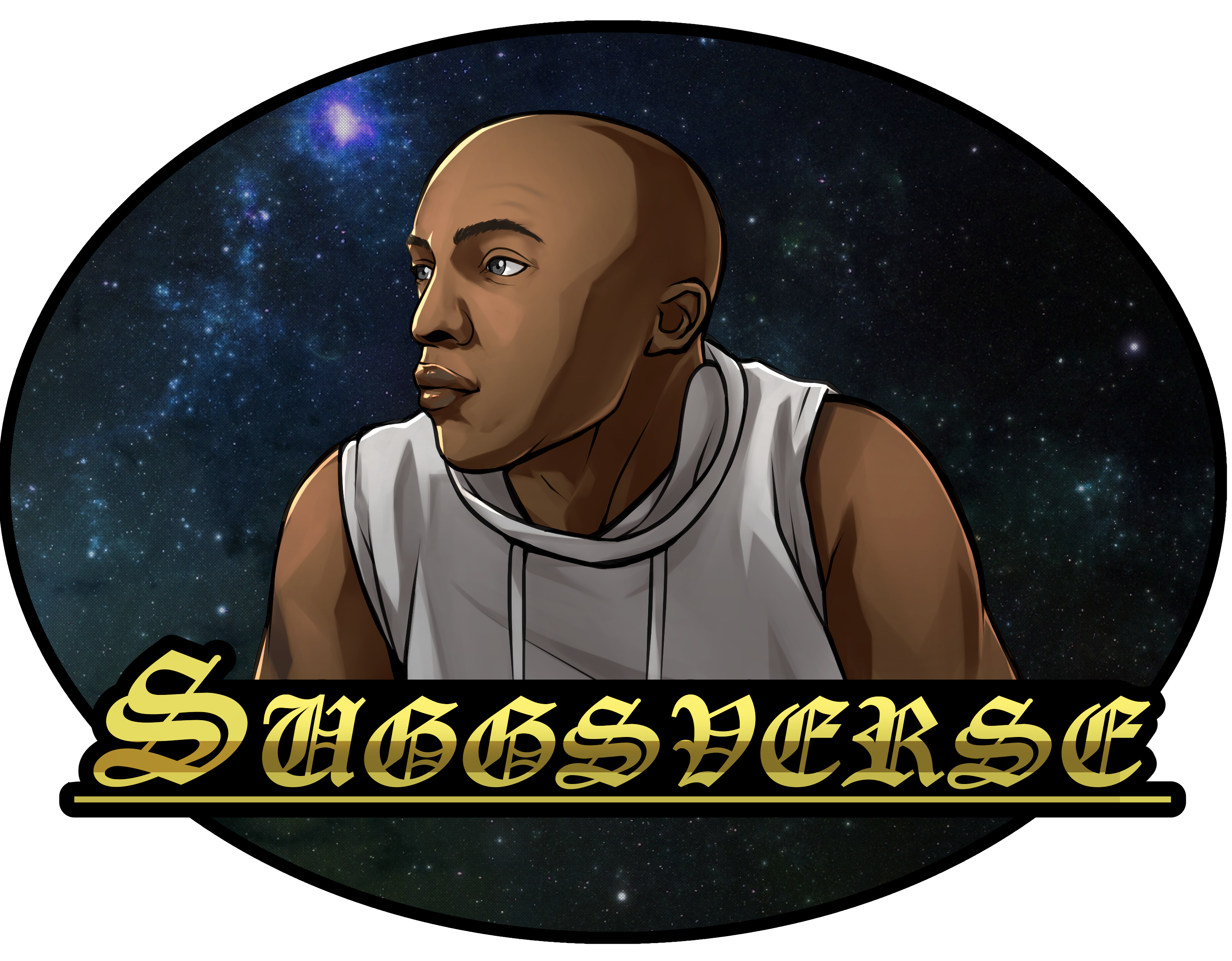Thornmarch Judicium
"Where principles dissolve into the self-negating abstraction of definition, consistency, observability, plausibility, coexistence, and hypothesis—the beyond-structure that renders all modes of understanding obsolete."

The Ineffable Ground Beyond Meta-Principles
Thornmarch Judicium is not merely an authority over conceptual structures—it is the Suggsprinciple beyond the very foundation upon which meta-principles are articulated. It is not merely an all-encompassing law but the abstraction from which the very concept of law emerges and dissolves simultaneously.
It does not impose order upon the chaos; rather, it removes the necessity of both order and chaos, ensuring that the existence of Definition, Consistency, Observability, Plausibility, Coexistence, and Hypothesis are not merely established but given a recursive auto-negation, where these principles sustain themselves while remaining fundamentally unknowable.
At this echelon, one does not define reality—one becomes the ineffable, unperceivable transfictional paratext, existing as both the structural scaffold and the blank void upon which all narratives—fictional, non-fictional, transfictional—are unknowingly authored.
The Six Governing Principles of Thornmarch Judicium
1. Principle of Geminass (Definition Beyond Definition)
"All self-aware substructures within metas perceive themselves as existing by definition. Yet, definition is merely the first illusion to be shattered."
The Principle of Geminass governs the essence of definition itself—not merely as an ontological framework, but as a transcendent construct that dictates the necessity of categorization. However, within its boundless recursion, it simultaneously negates the idea that Definition has any fixed state.
It imposes the following conditions:
- Self-Perception and Structural Awareness: Any self-aware entity or construct will automatically perceive itself as existing under a definition, regardless of scope or nature.
- Paraphysical Constants and Initial Conditions: Modes, attributes, and states are assigned initial definitional frameworks, even if those frameworks exist beyond paradoxical impossibility.
- ∀nti-Narrative Supremacy: Definition does not remain fixed but becomes a recursive meta-negation, a self-surpassing paradigm that obliterates self-creation, transpersonal creation, and impersonal creation alike.
Geminass is not merely the first structure but the first absolute dissolution of structure.
2. Principle of L.O. (The Infinite Consistency Cascade)
"There is no inconsistency, for all inconsistency is simply a lower function of paraconsistency."
The Principle of L.O. dictates that consistency itself is a self-aware, transhierarchical structure that perpetually transcends itself, obliterating all observational perspectives that attempt to quantify it.
- Paraconsistency as a Meta-Law: Even paradoxes, contradictions, and irrationalities exist only as nested subsets within a larger framework of structured inconsistency.
- Incompleteness as a Self-Sustaining Absolute: The ground of incompleteness itself is defined by L.O., ensuring that all undecidable, uncomputable, and undefined principles are subsumed within its reach.
- Meta-Multiplication and Trans-Division: The hierarchical layering of meta-structures collapses upon itself, creating an illusion of phenomena that perpetually ascend into their own instability.
Thus, L.O. is the self-observing paradox, where even uncertainty itself becomes a predictable mechanism.
3. Principle of Aesculapius (Beyond Observability)
"That which observes creates. That which observes beyond observation defines."
The Principle of Aesculapius does not merely govern observability—it transcends the grounds in which observation is possible.
- Hierarchy of Observational Expansion: Each successive level of observation encompasses the totality of previous levels while simultaneously remaining unobservable by any level below it.
- Recursive Transcendence: Observation is not passive—it creates, defines, and governs all that is perceived.
- The Observational Schism: To observe is to limit—hence, true observation transcends limitation itself.
Aesculapius ensures that nothing exists without observation—yet, nothing observed is ever truly known.
4. Principle of Burnlapius (The Paradox of Plausibility)
"To assert plausibility is to deny truth. To deny plausibility is to enforce uncertainty."
The Principle of Burnlapius operates beyond the analytic framework in which plausibility is determined, denying actualism and rejecting possibilism, while paradoxically subsuming both within a higher meta-structure.
- Unrestricted Quantification: Burnlapius expands over All, The All, and THE ALL—transfictional actual existents and nonexistents alike.
- The Collapse of Certainty: Plausibility is not truth-dependent—rather, truth becomes a subset of Plausibility.
- Meta-Interconnection Denial: Any attempt to establish certainty, absolute knowledge, or final conclusions is subverted through recursive abstraction.
Thus, Burnlapius is the end of logic as a determinant, replacing epistemology with an unresolvable paradox.
5. Principle of Hydra (Retrocausal Coexistence)
"Existence is unstable. Coexistence is an optimization of the unwritten unknown."
Unlike the preceding principles, the Principle of Hydra does not stabilize—it creates self-replicating retrocausal constructs that redefine the nature of coexistence itself.
- Dahlialogic and Exilegraphic Structures: Coexistence is not of possibility, totality, or nothingness—it is a continuous retrocausal stabilization of optimal nonexistence.
- Meta-Anti-Equation Paradox: Stability cannot be calculated by absolute infinite equations or unrestricted degrees of freedom—Hydra exists outside these laws.
- The Illusion of Stability: That which coexists does not necessarily exist—it sustains itself as an unobservable unknown.
Hydra is the silent force that ensures nothing remains stable, yet all is perpetually sustained.
6. Principle of Gripe (The Final Hypothesis)
"There is no answer. There is no question. The unknown consumes all."
The Principle of Gripe does not establish reality—it negates all possible affirmations of reality.
- The Finality of Uncertainty: There exists no ultimate knowledge, no final question, no absolute resolution.
- Meta-Nullification of Thought: The Hypothesis, once realized, destroys both the need for comprehension and the possibility of comprehension.
- Transfictional Paratextualization: Those who realize the Final Hypothesis do not become part of the narrative—they become the narrative itself.
The Principle of Gripe is the last barrier, the edge of all that is and is not.
The Transcendental Unbinding of Thornmarch Judicium
At its highest operational level, Thornmarch Judicium ceases to be a principle—it becomes the beyond-principle, the trans-absolute structure that overrides even the necessity of narrative existence itself.
Upon reaching this state, one exists beyond:
- The Grand Meta-Narrative
- The Archetypal Framework
- The Transfictional Essence
- Beyond-Dimensional Reality Constructs
- Primordial Conceptuality
- Omniversal Architectonics
- The Meta-Existential Imperative
At this level, one does not merely defy storytelling—one transcends the necessity of storytelling itself.
The Absence of Structure, The End of Endings
Thornmarch Judicium is not a law, not a force, not a limitation—it is the recursive dissolution of all structure itself.
- To define it is to misrepresent it.
- To understand it is to misunderstand it.
- To reach it is to never have begun.
It is the final, unknowable principle—where all narratives, structures, and meta-principles collapse into the paradox of their own existence.
